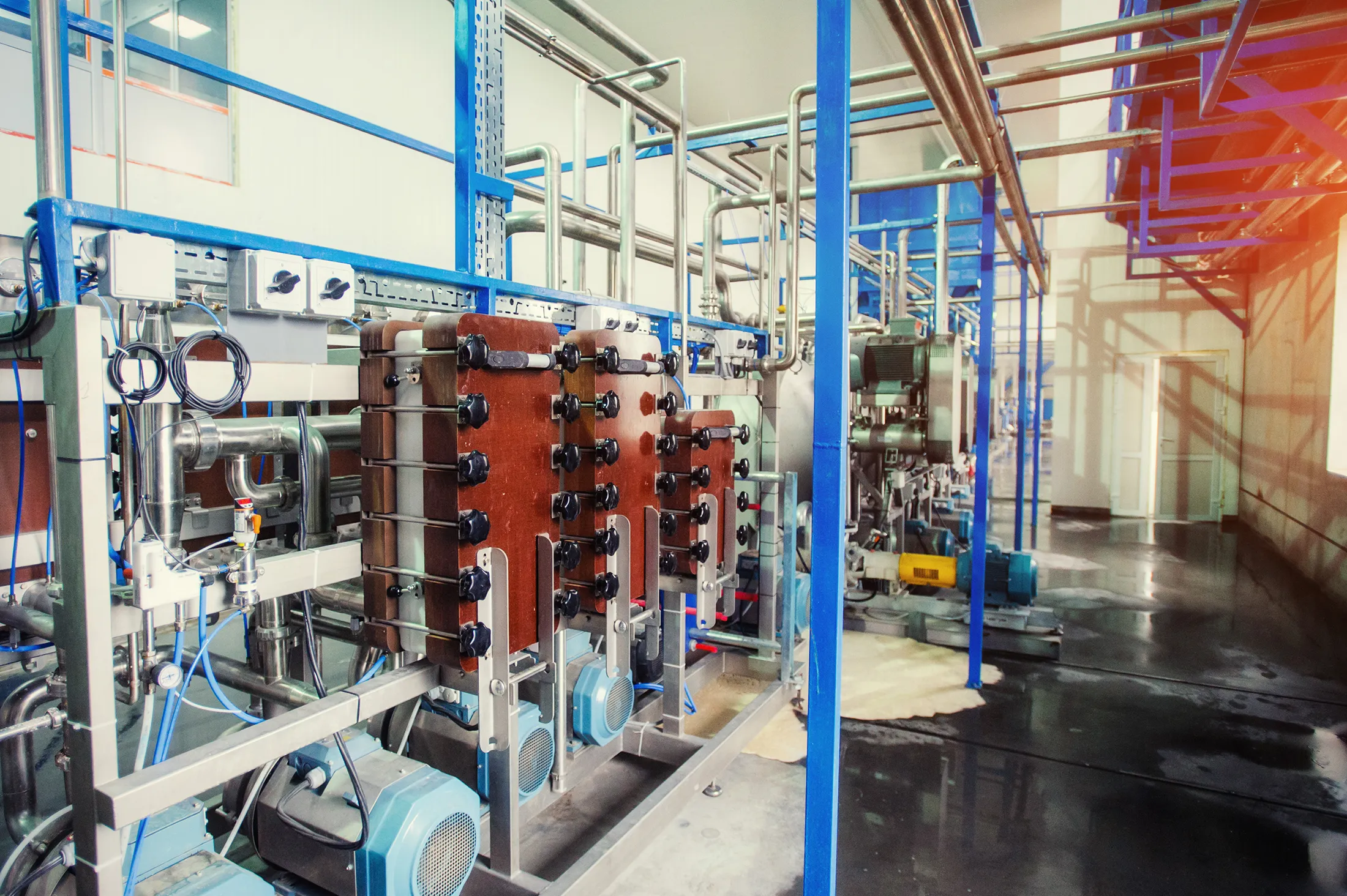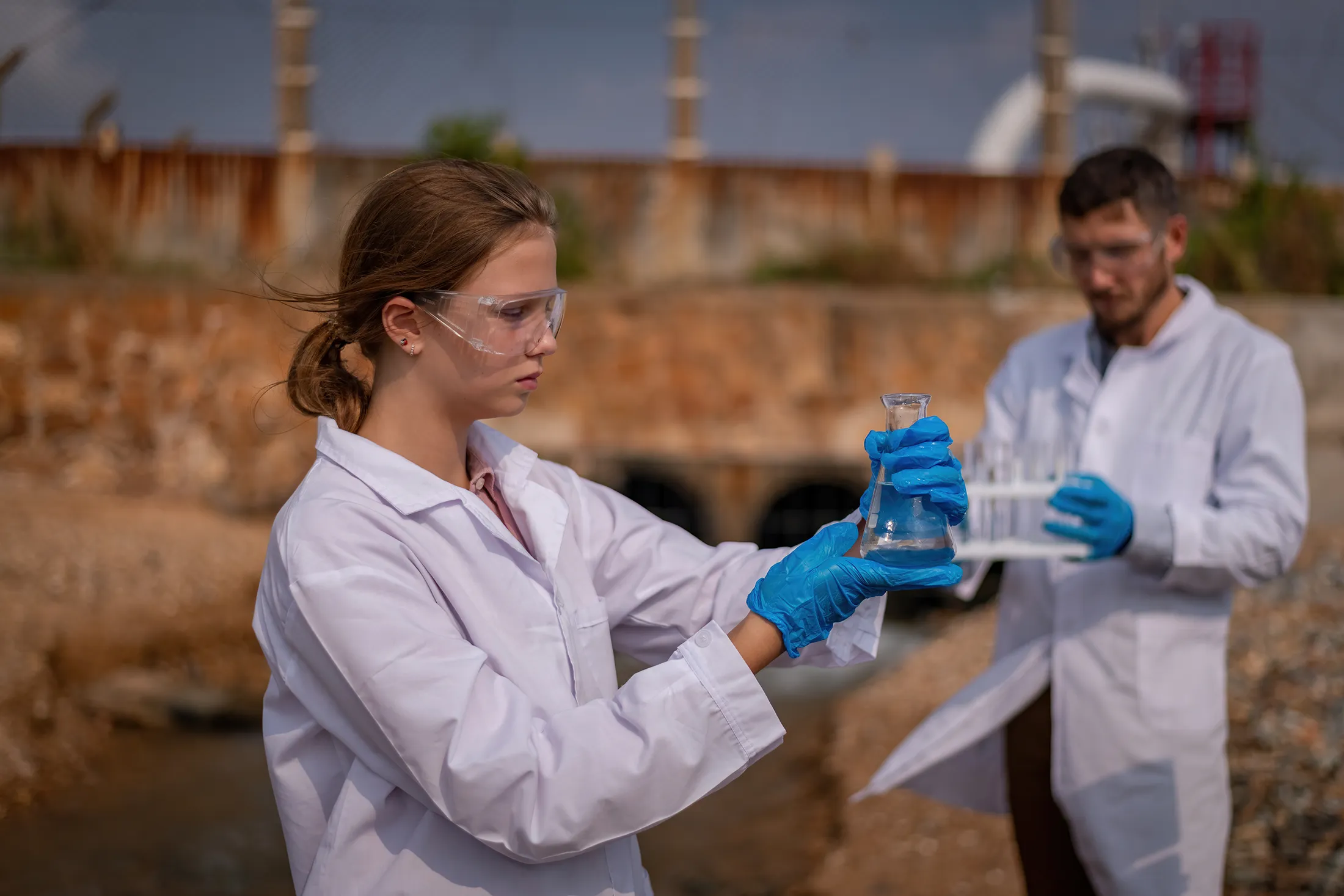Industrial desalination machines, also known as desalination plants, are large-scale systems designed to convert seawater or brackish water into fresh water on a commercial or industrial level. These machines employ advanced technologies such as reverse osmosis, multi-stage flash distillation, or multi-effect distillation to remove salts and impurities from the water, producing potable water suitable for various applications. These are important because they play a critical role in regions facing water scarcity, where they provide a sustainable and reliable water supply for industries, municipalities, agriculture, and other sectors. If you would like to learn more about these machines, our fresh water maker producer looks to explain more in the following article. Continue reading below for more.
What Is Industrial Water Desalination?
Industrial water desalination is a process where specialized plants are used to create freshwater from saltwater. As the name suggests, industrial water desalination involves desalination on a large scale, much larger than that used in a home desalinator. In fact, these plants consist of pre-treatment units, membrane modules or evaporators, high-pressure pumps, and post-treatment systems. When used on a large scale, industrial desalination machines are a necessary part of society and human life and could represent a drastic improvement in the quality of life in an area.
How Do Industrial Desalination Systems Work?
The process in which industrial desalination systems work involves many different processes and complex technologies. The most famous process by which salt water is desalinated is reverse osmosis.
The following steps are the most common description of how the reverse osmosis process works:
Intake and Pre-Treatment: Seawater or brackish water is collected from a water source, and pre-treatment stages remove large particles, suspended solids, and organic matter to protect the desalination equipment.
High-Pressure Pump: The pre-treated water is pressurized using high-pressure pumps to overcome the osmotic pressure and facilitate the water flow through the semi-permeable membranes.
Reverse Osmosis Membranes: The pressurized water is then forced through a series of semi-permeable membranes, allowing water molecules to pass while blocking salts, minerals, and impurities. This separation process results in the production of freshwater known as permeate and a concentrated brine stream.
Post Treatment: The permeate, or freshwater, from the membrane stage undergoes post-treatment to adjust the pH, remove any remaining impurities, and ensure its quality meets the desired standards for various applications.
Disposal of Concentrated Brine: The concentrated brine, which contains the removed salts and impurities, is discharged safely back into the sea or disposed of in an environmentally responsible manner.
More About EchoTec Watermakers
Other than detailing industrial desalination and how industrial desalination machines work, we offer our own collection of marine desalination systems and watermakers for yachts. Some of our most popular products include the following:
- 12/24v Economy Watermakers
- 115/230v AC Economy Watermakers
- Belt-driven DC watermakers
- 115/230v AC Pro Series
- 12-180V DC Watermakers
- Solar desalinators
- Engine-driven watermakers
Schedule an appointment with our professionals today to learn more about freshwater makers and all that we have to offer today.


